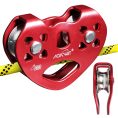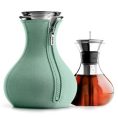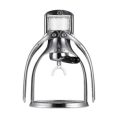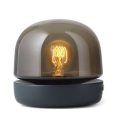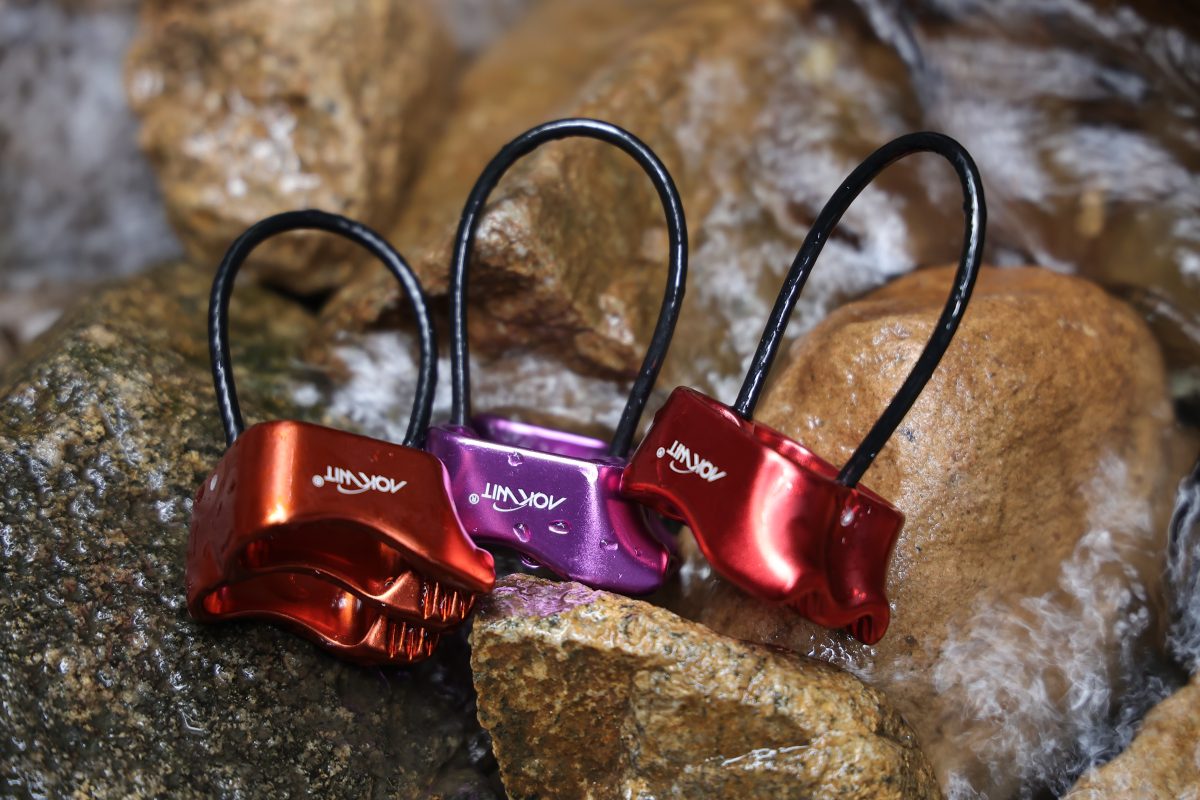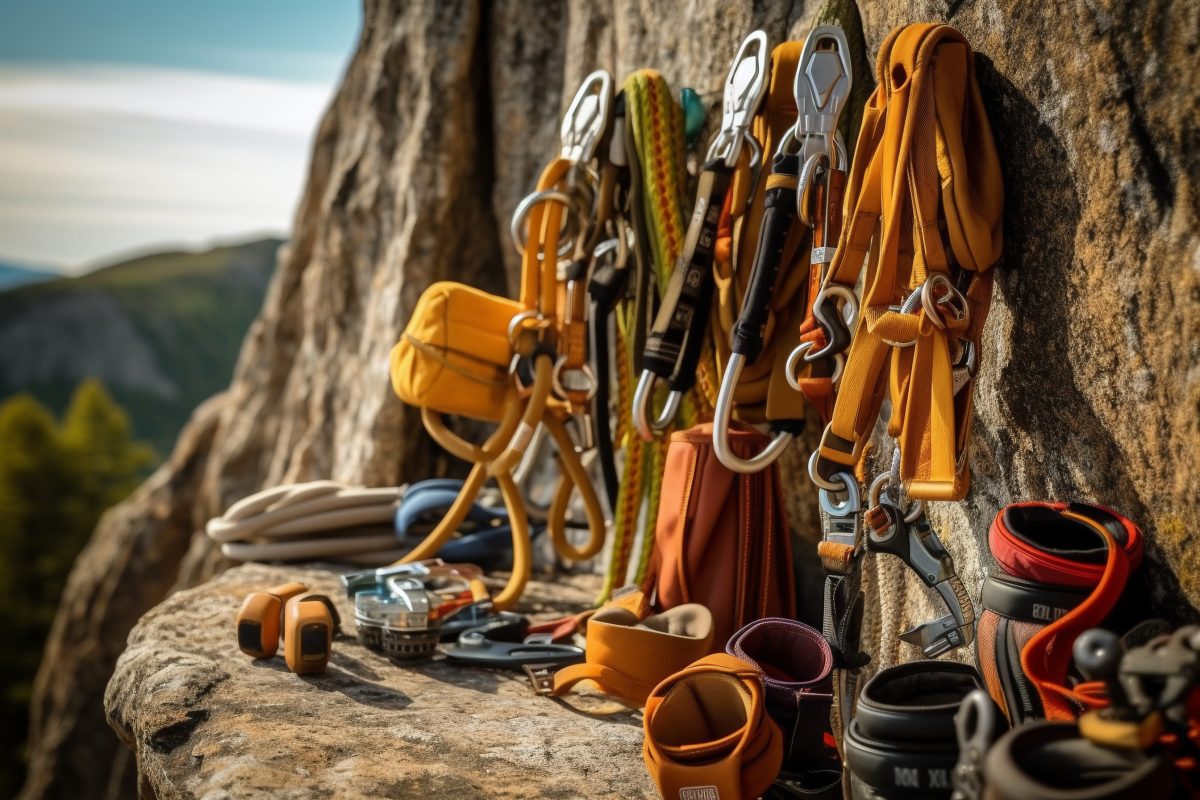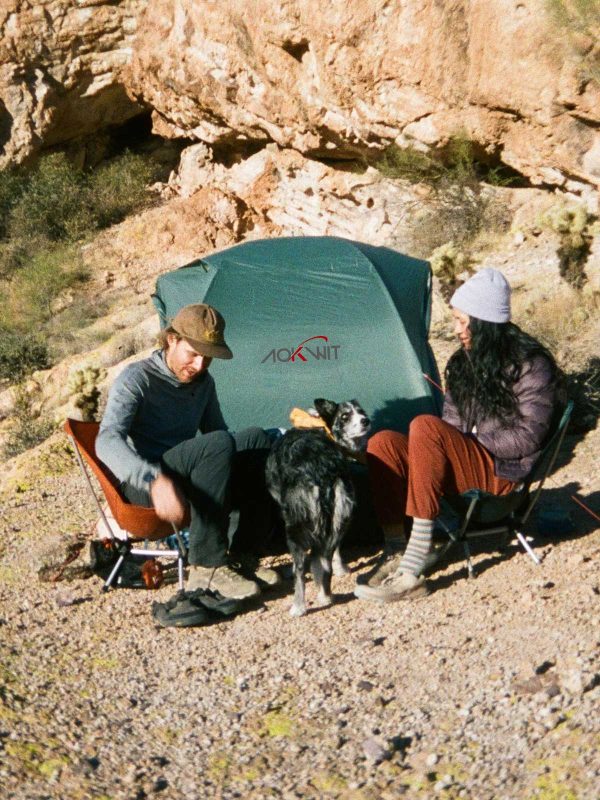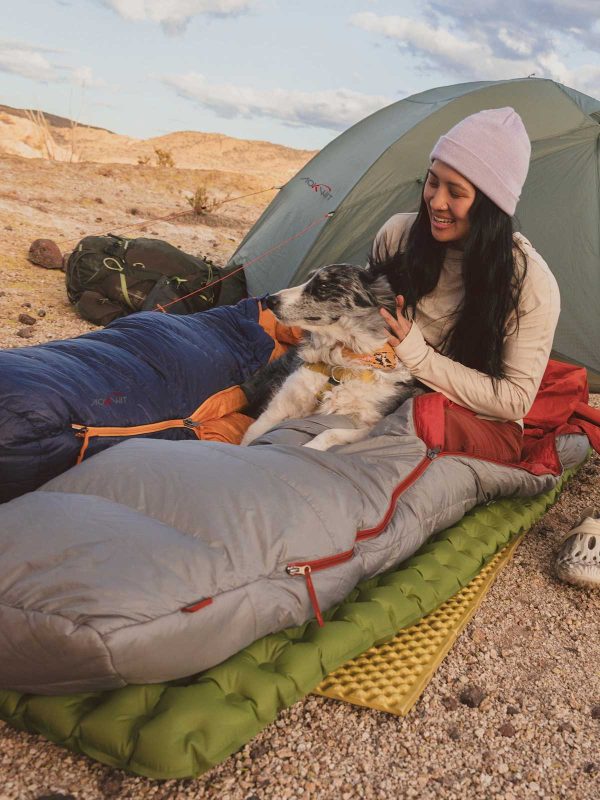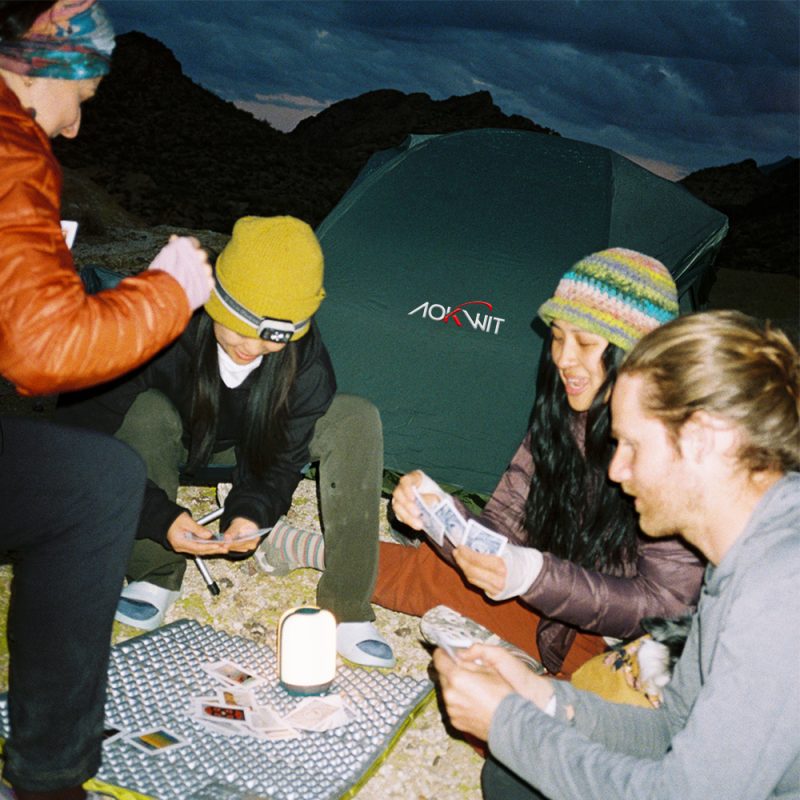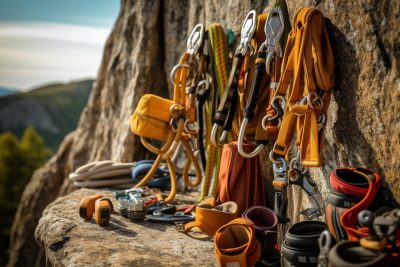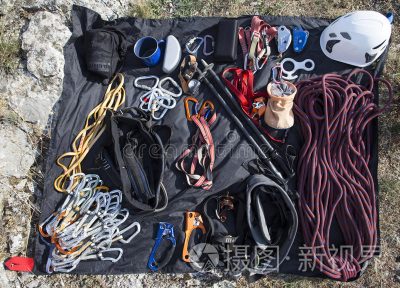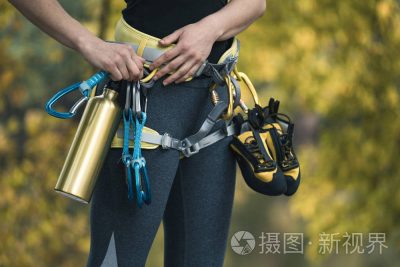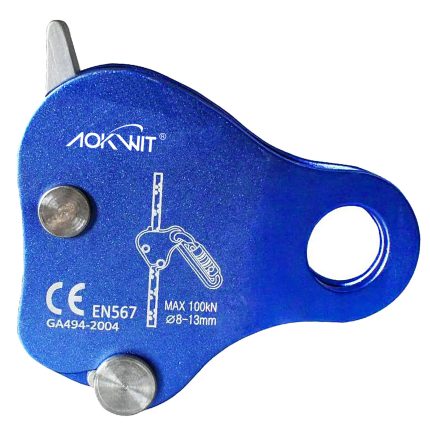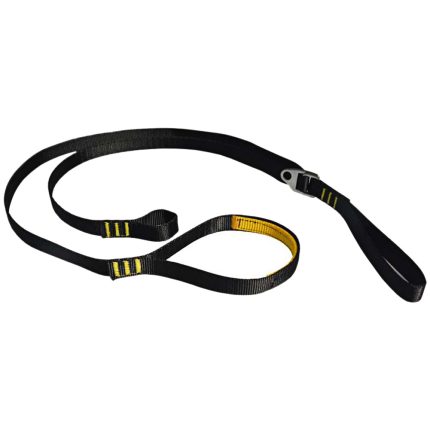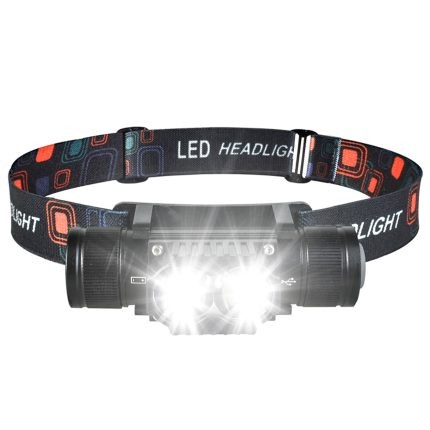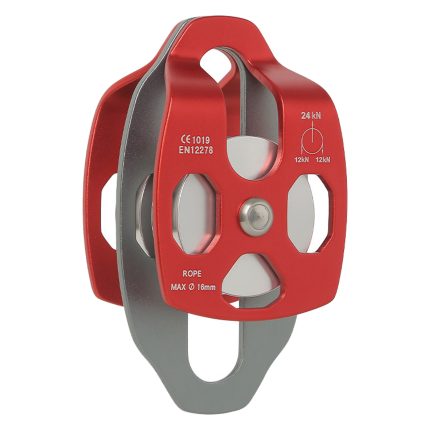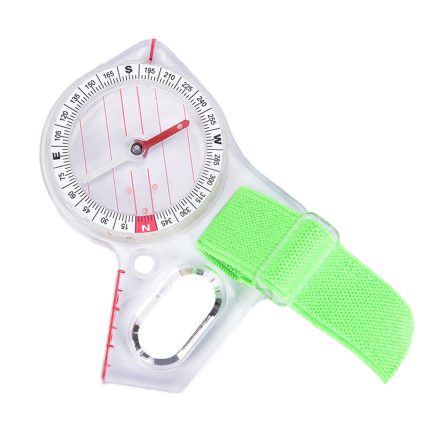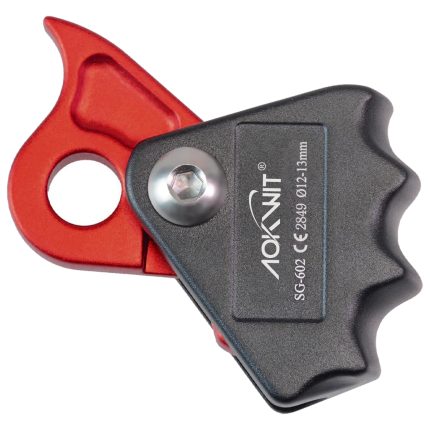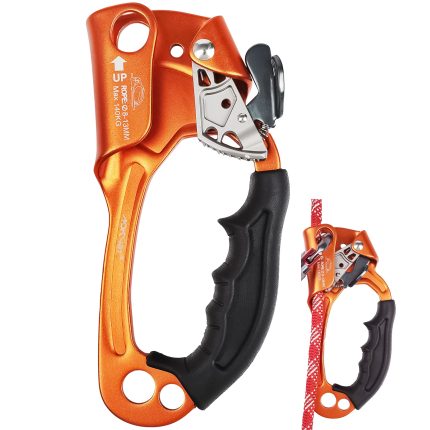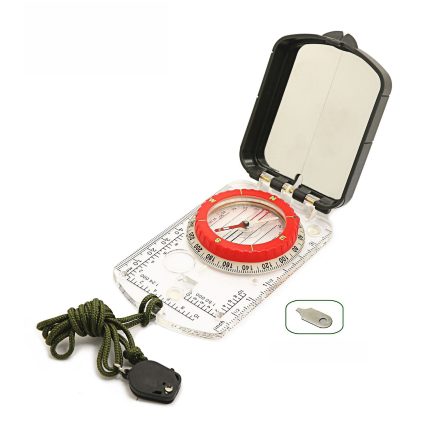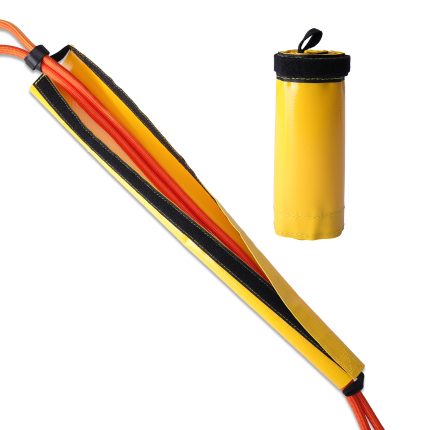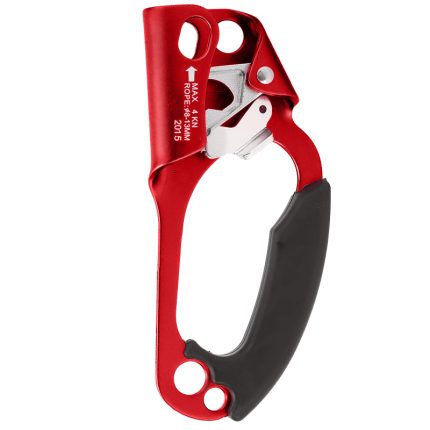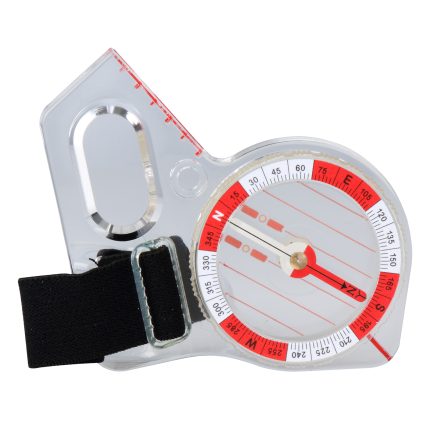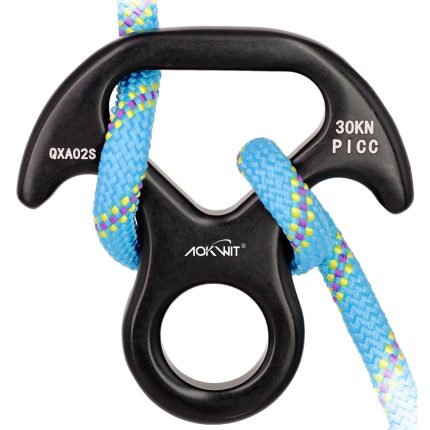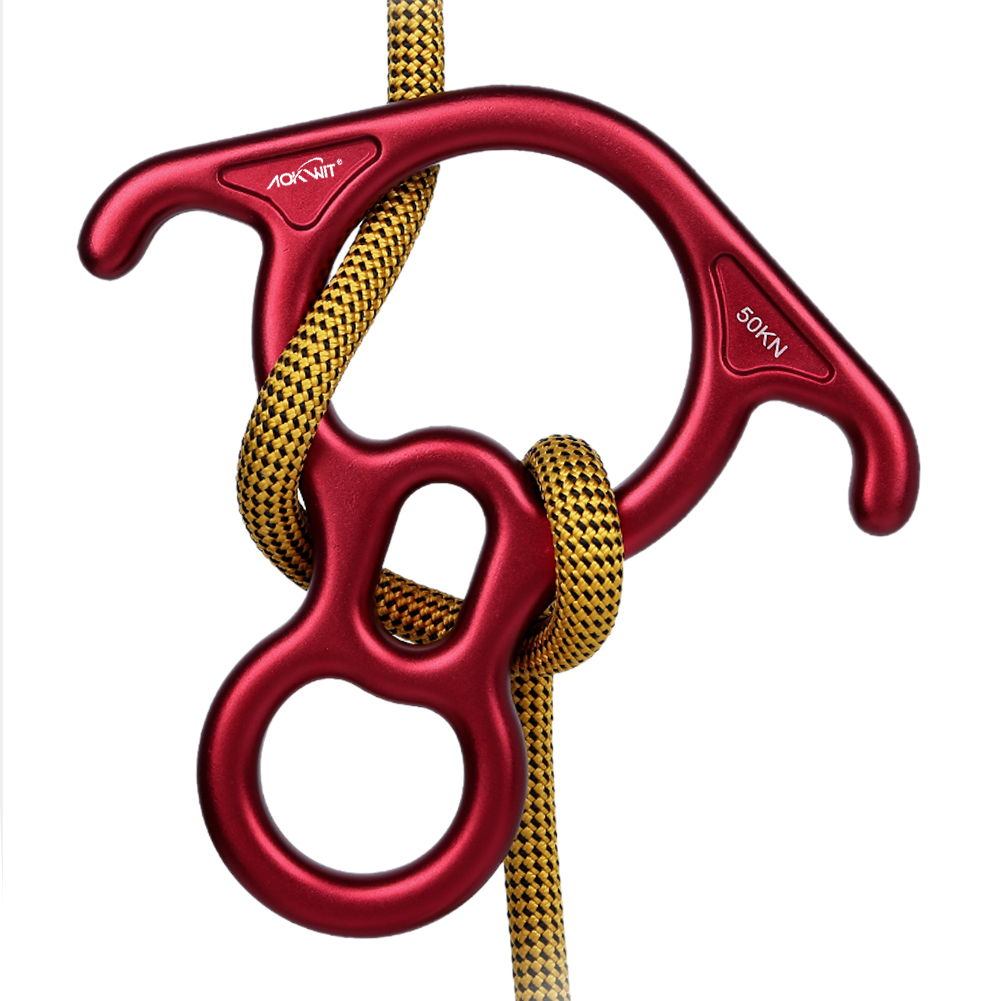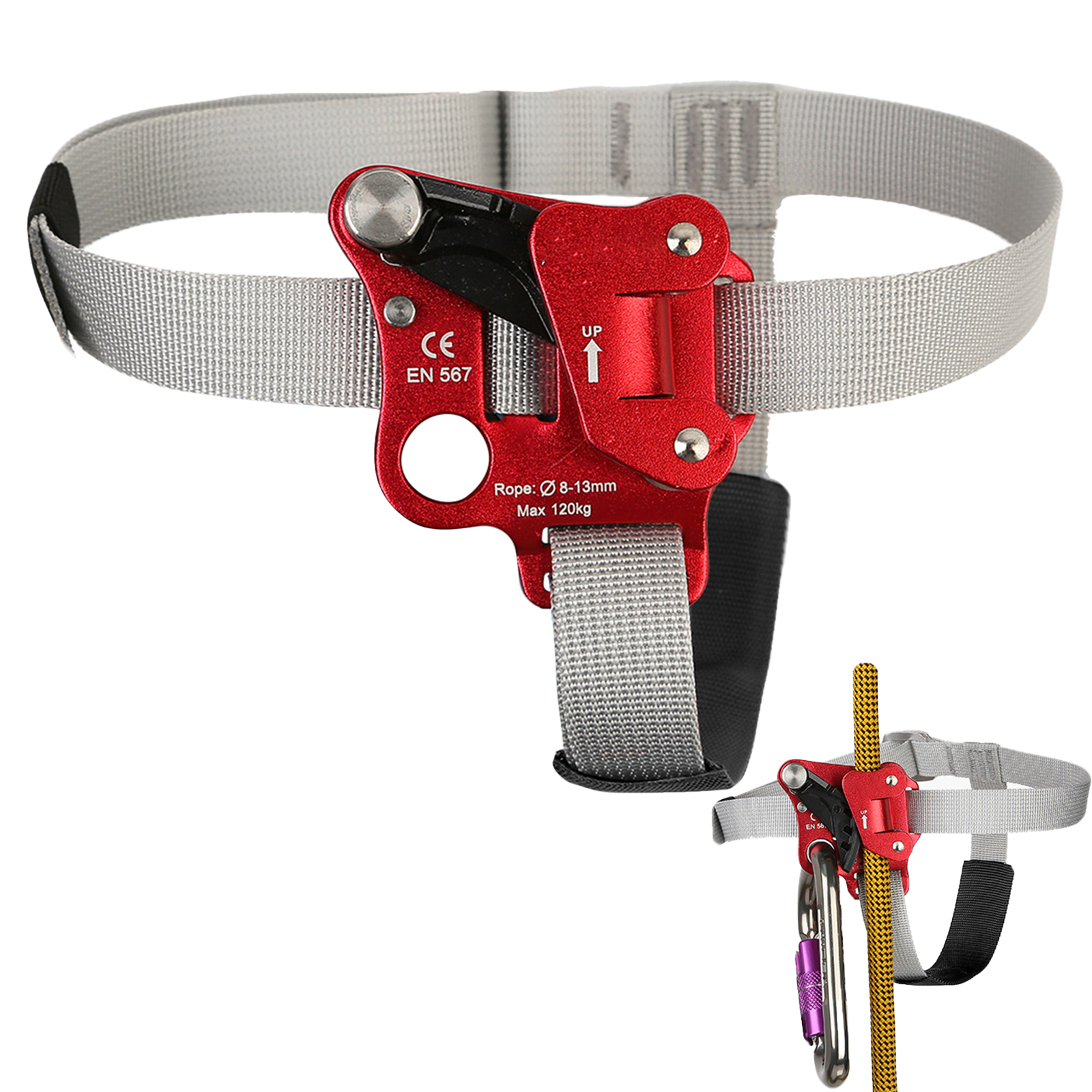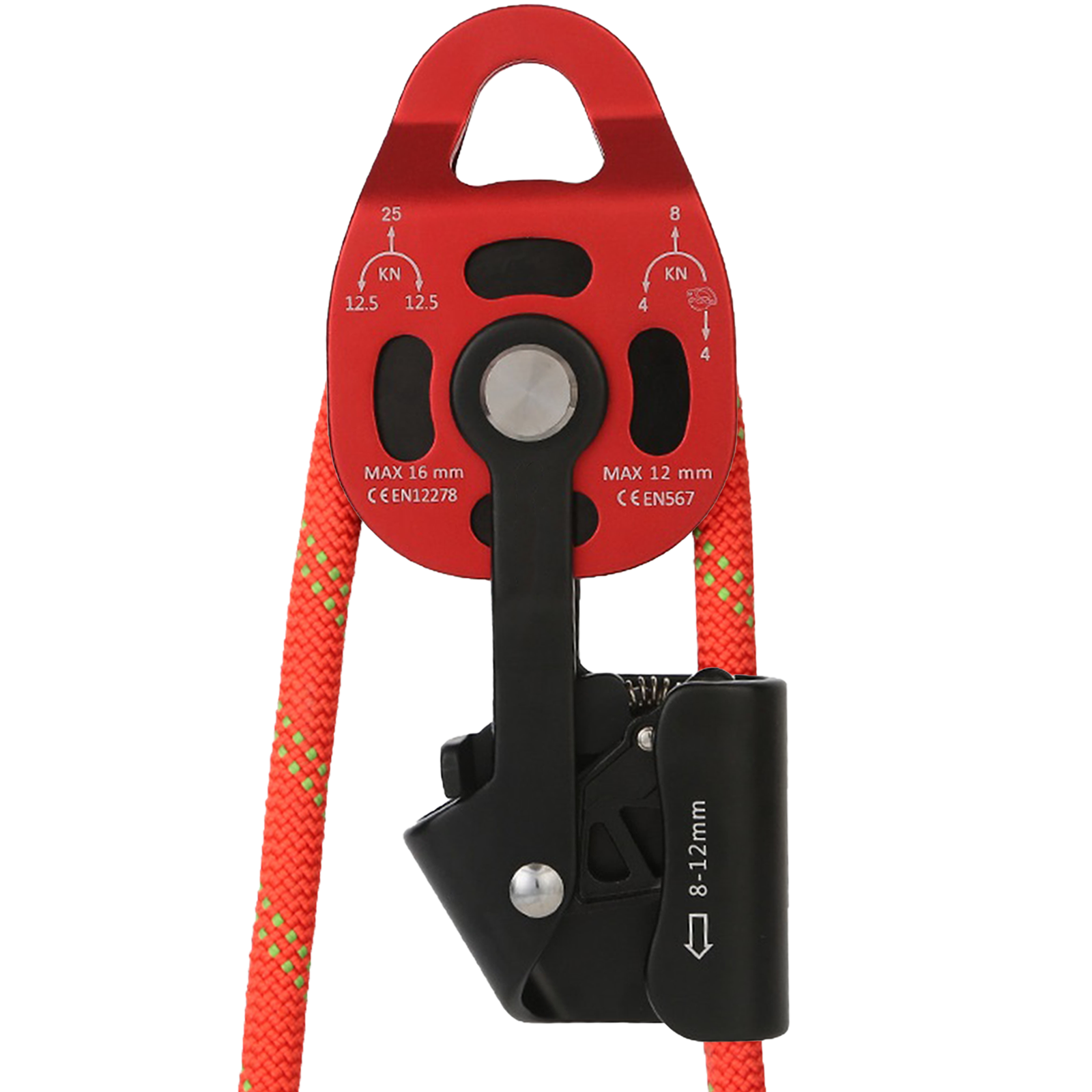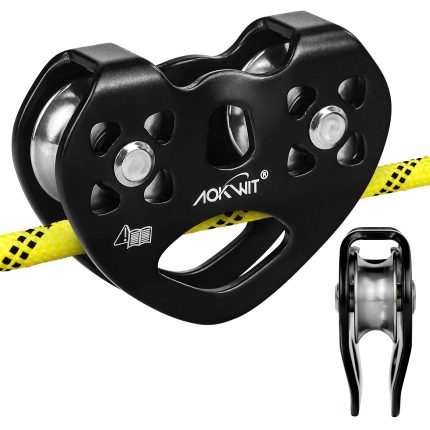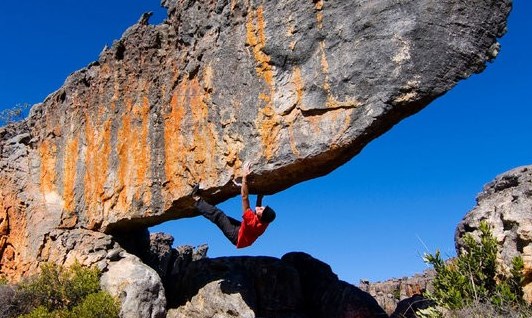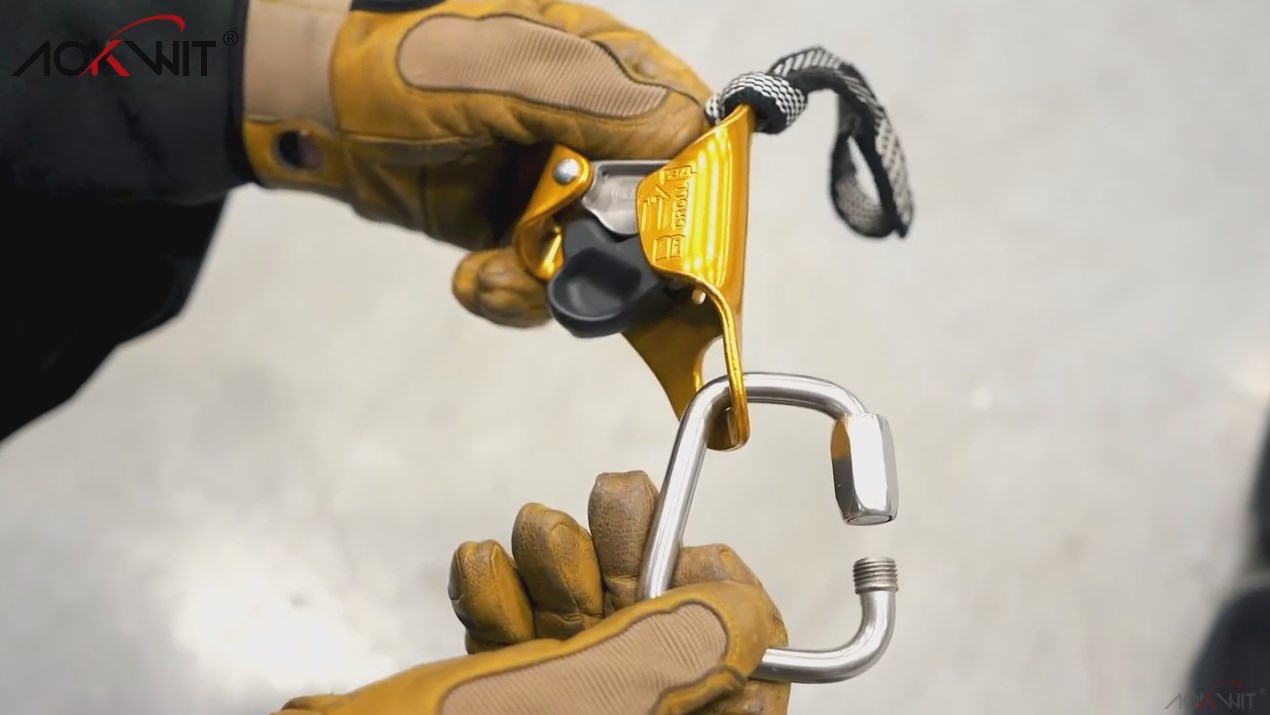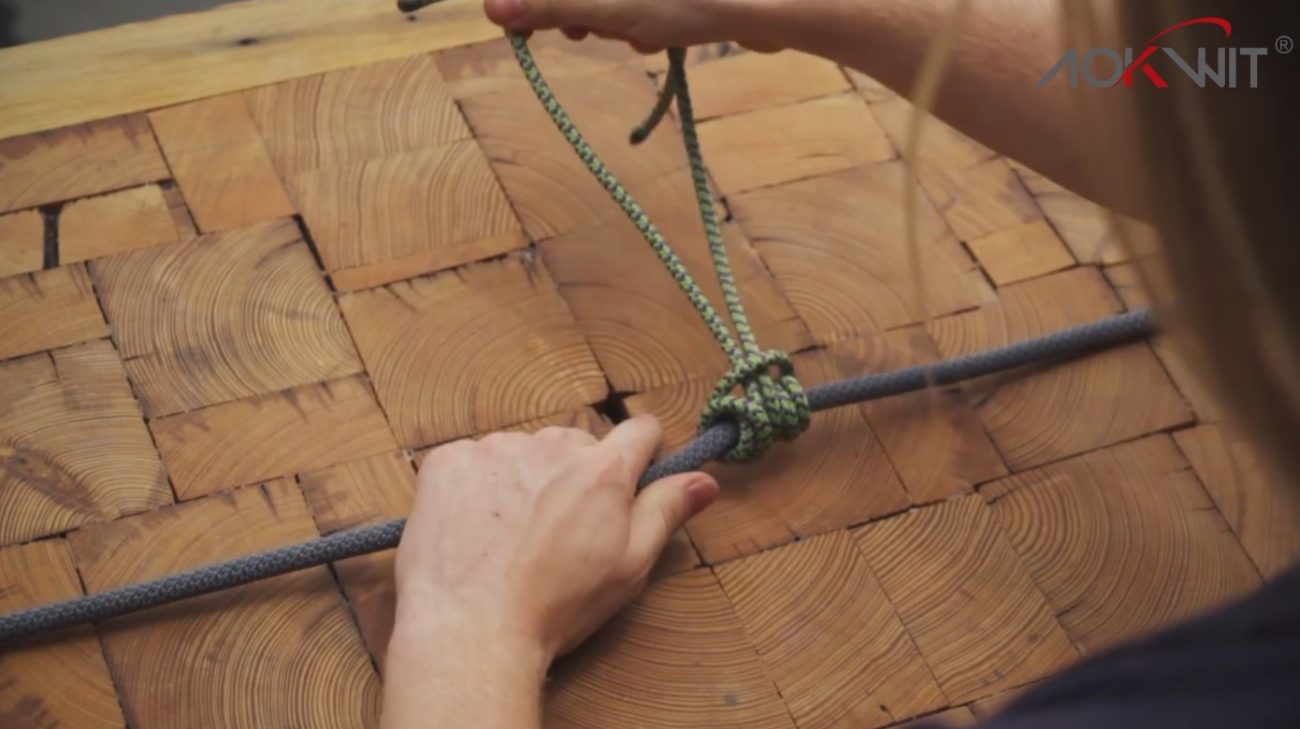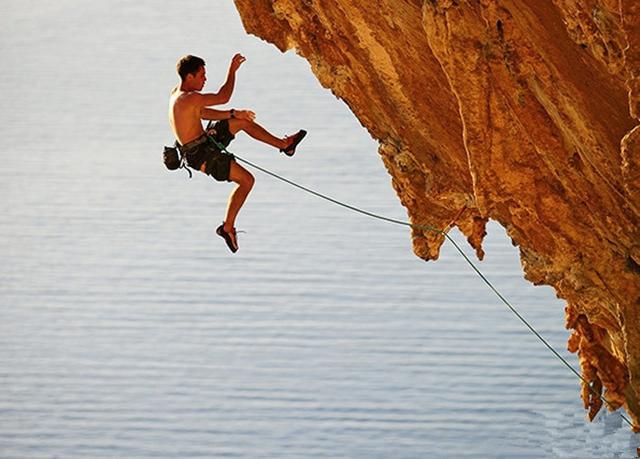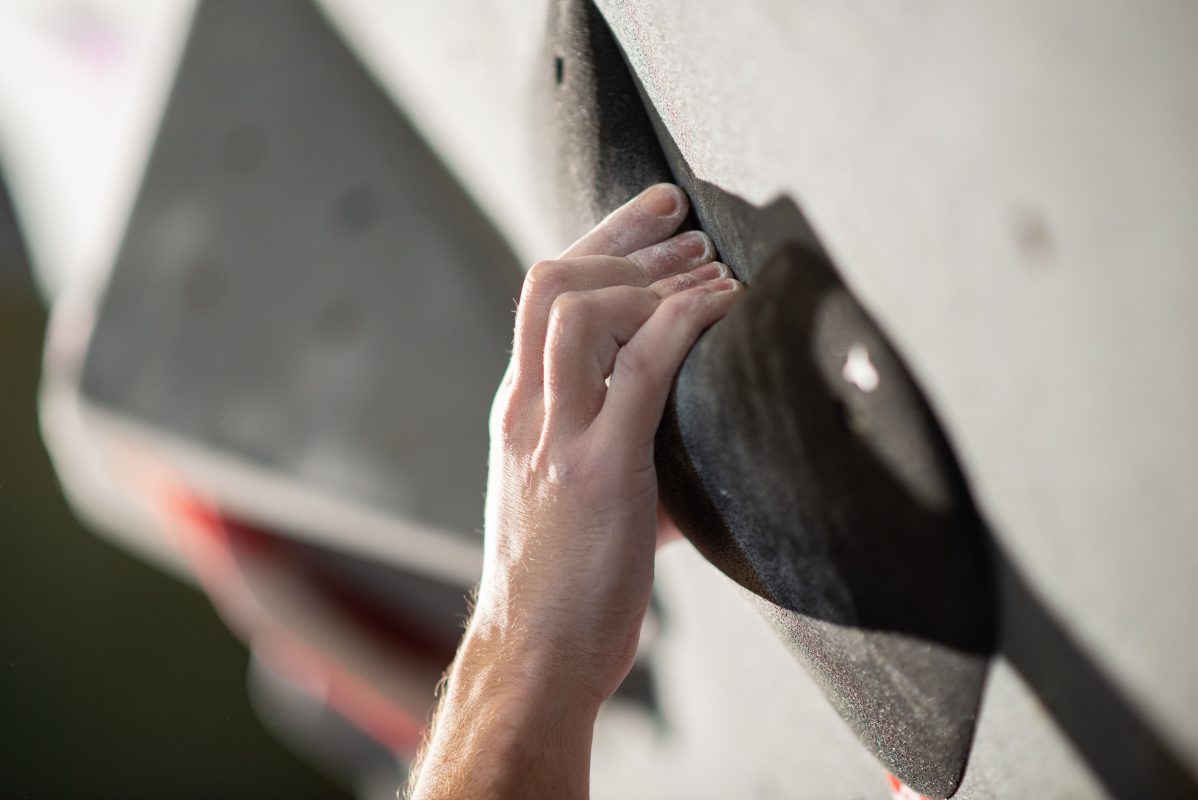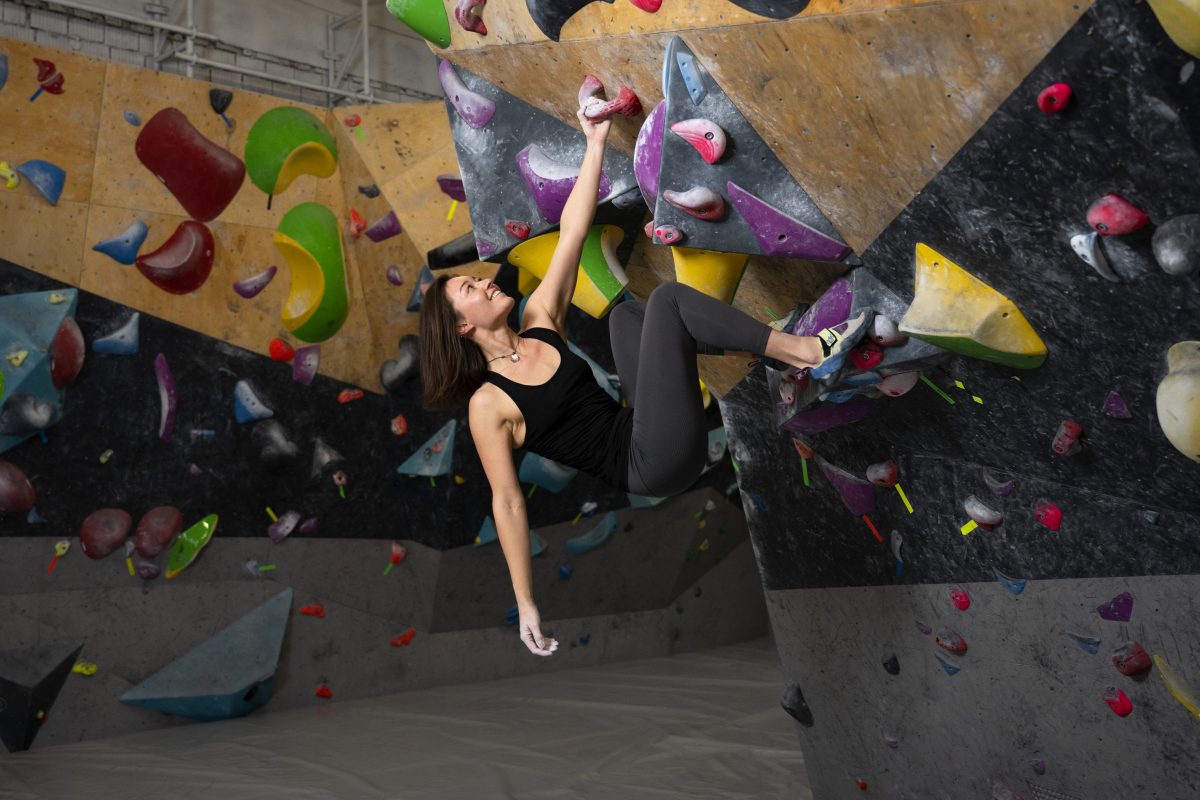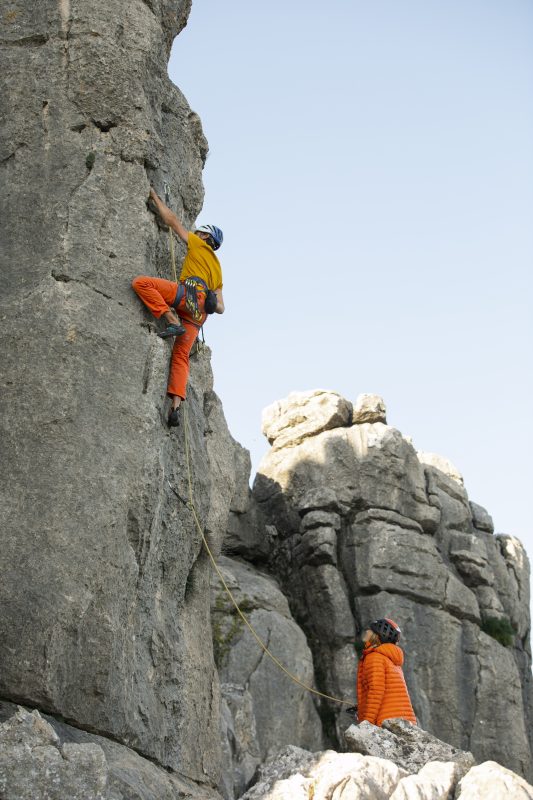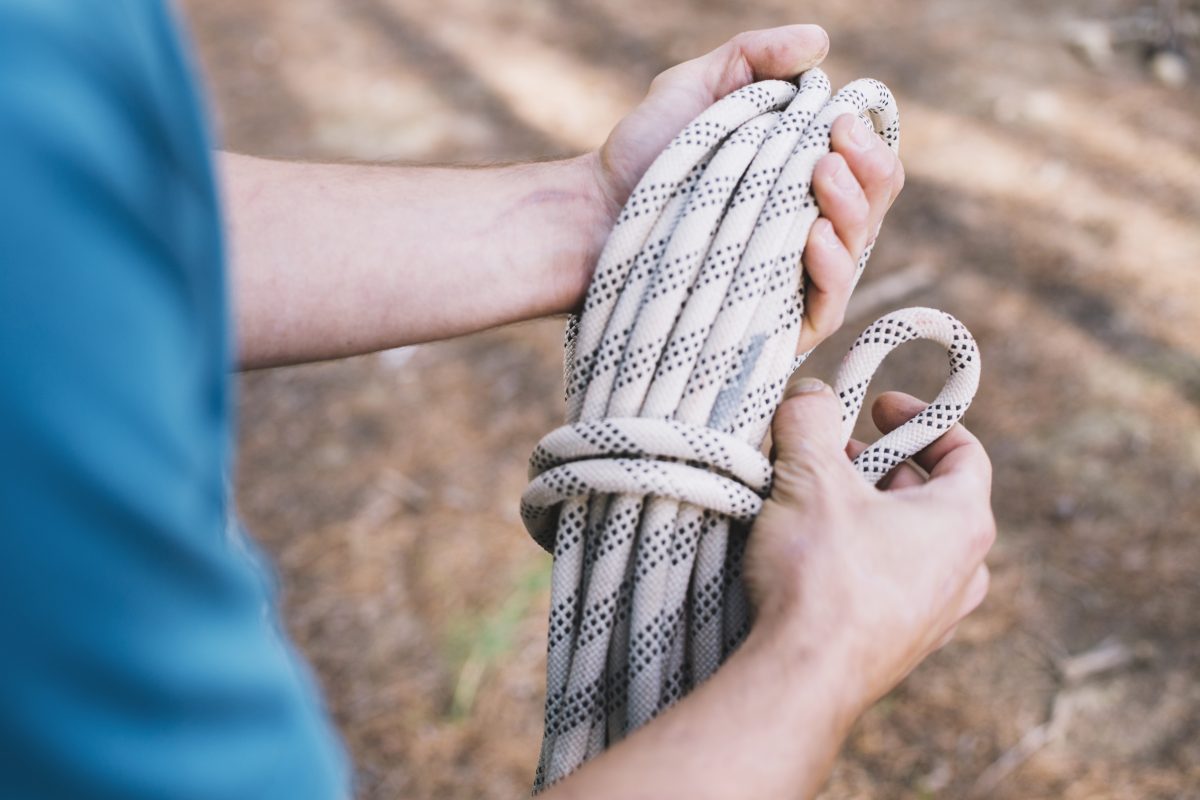5 Key Points to Improve Your Bouldering Skills
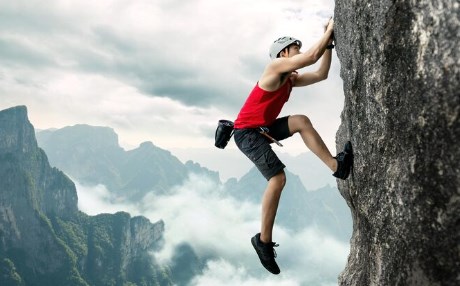
While climbing feels natural, consciously focusing on specific aspects can lead to breakthroughs when progress stalls.
This checklist targets five core areas to help you diagnose weaknesses and develop improvement strategies. Each area includes concrete action suggestions and a performance scoring system.
How to Use the Scoring System:
- Self-Assessment:
Rate yourself in each area (I-V) using the provided criteria.
- 1 Point = Weak performance / Needs significant improvement
- 5 Points = Excellent performance / Consistently maintained
(Note: Scoring direction is unified – low scores indicate need for improvement, high scores indicate strong performance)
2. Calculate Total Score:
Add the scores from all five areas (Total Score Range: 5-25 points).
3. Positioning Analysis:
Based on your total score and individual scores, refer to the interpretation guide at the end (replacing the original “chart” position) to understand your strengths and areas for improvement.
Individual scores that are particularly low (close to 1) or high (close to 5) indicate areas needing focused attention or consistent maintenance.
I. Mental Skills: Sequence Planning & Problem Solving
Core: Thinking before climbing and adapting flexibly during the climb.
Key Actions:
- Resist Impulsivity: Don’t jump on the wall recklessly. Take time to thoroughly “read” the holds.
- Plan Comprehensively: Plan not only hand sequences, but crucially link them to foot sequences (How will your feet move when your hands move?). Predicting footwork is paramount.
- Think Dynamically: Avoid “tunnel vision” while climbing. Actively think about alternatives during rests:
- Hook type (heel hook vs. toe hook)?
- Can flagging save a move (instead of a foot swap or stepping on an outside edge)?
- Can that sloping hold be grabbed or utilized?
- Is the current grip optimal? Is there a more efficient or stable position?
- Practice Prediction: The ability to predict sequences improves significantly with deliberate practice, even if you’re often wrong initially. Persist.
Mental Skills Scoring:
- 1 Point: Rarely or never plans sequences; starts climbing immediately.
- 3 Points: Sometimes plans hand sequences, but rarely links footwork or considers alternatives.
- 5 Points: Always plans detailed hand sequences linked to foot sequences; actively thinks about and tries alternatives during the climb.
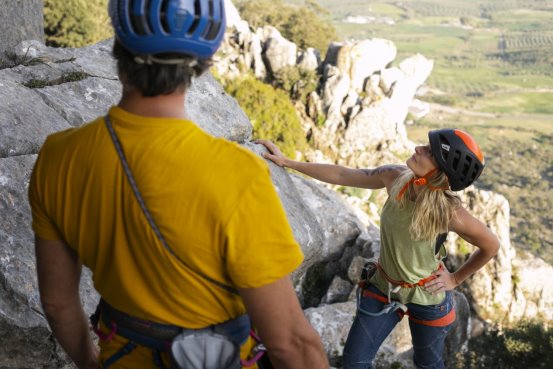
II. Tactics: Efficiency, Recovery & Skin Management
Core: Maximizing climbing efficiency and managing physical resources (energy, skin).
Key Actions:
- Rest Adequately:
- Single Bouldering Problem: Rest approximately 1 minute for each move you can link successfully (especially useful for limit projects).
- Extended Sessions: Rest 10-15 minutes for every 30 minutes of climbing. Rest periods are often longer than your instinct tells you.
- Resist frustration and the urge to try repeatedly.
- Strategic Resting: In small groups, sometimes “skipping a turn” is a strategy to get sufficient rest for better problem-solving.
- Keep Holds Clean:
- Develop the habit of cleaning holds (especially footholds). Use a dedicated brush (clean cloth) to remove dust and chalk, significantly improving friction and climbing conditions.
- Clean footholds frequently before and during climbing.
- Skin Care is Discipline:
- Monitor skin condition closely (fingertips, finger pads, palm edges).
- Stop before skin tears occur! This is key discipline.
- After training, use a climbing salve stick (e.g., Climb On) containing beeswax and Vitamin E to nourish and repair skin.
Tactics Scoring:
- 1 Point: Rests insufficiently, rarely cleans holds, ignores skin condition until injured.
- 3 Points: Sometimes pays attention to rest and cleaning, but not systematically; skin care is occasional.
- 5 Points: Strictly adheres to scientific rest strategies, actively cleans holds (using tools), highly disciplined in managing skin health (uses salve preventively, stops at the right time).

III. Diversity: Expanding Technique & Movement Library
Core: Engaging with different styles, angles, and movements for well-rounded development.
Key Actions:
- Actively Switch Styles During Training/Climbing:
- Use slab climbing to rest arms pumped from overhangs.
- Switch from intense crimping problems to balance-intensive slabs.
- Switch from static locking problems to dynamic coordination problems.
- Purpose: Avoid localized over-fatigue, develop skills evenly, train all necessary muscle groups and movement patterns.
- Broaden Climbing Environment:
- Combine Indoor & Outdoor: Experience different wall textures and setting logic.
- Try Different Rock Types: (If possible) Climb on granite, sandstone, limestone, etc., to experience varying friction and hold types.
Diversity Scoring:
- 1 Point: Primarily climbs a single style/angle; has clear, unaddressed technical weaknesses; rarely tries different movements or environments.
- 3 Points: Attempts different styles, but still has some technical weaknesses; limited indoor/outdoor or different rock type experience.
- 5 Points: Actively and regularly climbs a wide variety of styles, angles, and movement types; no obvious technical weaknesses; frequently climbs in different indoor/outdoor environments (if possible).

IV. Targeted Training: Strength & Power
Core: Designing training to effectively improve finger strength, body tension, and power.
Key Actions:
- Choose Effective Angles & Hold Types:
- Optimal strength training angle: The steepest angle where you can use finger-intensive holds (crimps, pinches, half-crimps).
- Holds don’t need to be tiny; medium-small edges, slopers, or round holds work, but avoid relying on large jugs (campusing on jugs doesn’t effectively train finger strength).
- Finger strength is the foundation: Should always be the primary focus in strength training.
- Strengthen Body Tension & Footwork:
- Use the smallest footholds possible to force core engagement and improve foot precision.
- Try Advanced Training Variations (Moderately):
- No-Feet Climbing: Strong climbers can try occasionally, focusing on upper body pull and core control. Avoid overuse to prevent losing crucial footwork-body tension linkage training.
- Systemic Training: Set specific rules, e.g., release and replace feet after every move (trains precise foot placement), or hold a locked-off position “hovering” for a few seconds before grabbing the next handhold (trains static endurance and body control).
Training Scoring:
- 1 Point: Rarely or never trains on steep, finger-intensive problems; training lacks focus (e.g., only climbs on large holds).
- 3 Points: Sometimes trains on steep, finger-intensive walls, but not regularly or systematically; uses large footholds or rarely tries advanced training methods.
- 5 Points: Trains frequently and purposefully on steep, finger-intensive boulder problems; actively uses small footholds to train body tension; moderately and correctly incorporates advanced methods like no-feet climbing or systemic training.
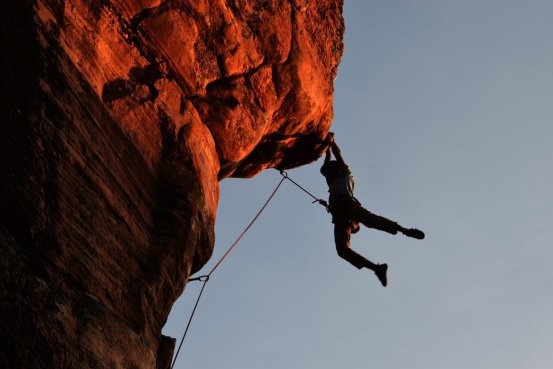
V. Planning & Periodization: Structuring Your Progress
Core: Strategically organizing training content and recovery to avoid injury and ensure continuous improvement.
Key Actions:
- Bouldering-Focused Planning:
- Daily/Within-Phase Variation: When climbing multiple days in a row, vary bouldering style or intensity. For example:
- Day 1: Short, limit-difficulty problems (strength/power).
- Day 2: Longer, moderate-difficulty problems (endurance/technical flow).
- Or: Day 1: Finger-intensive problems.
- Day 2: Problems emphasizing shoulder/back pulling or dynamic movement.
- Purpose: Avoid repetitive strain injuries (e.g., consecutive days of high-intensity small crimping), promote balanced development.
- Mix Bouldering & Rope Climbing:
- Avoid Mixing in the Same Session: The body adapts differently to different stimuli (max strength vs. endurance); mixed sessions can dilute effectiveness.
- Separate Days: E.g., Day 1: Focus on bouldering (strength/technique), Day 2: Focus on rope climbing (endurance/efficiency).
- Periodization Principle:
- Avoid Stagnation: Don’t repeat the exact same training routine indefinitely.
- Load & Recovery: Schedule several weeks of high-intensity/high-load training, followed by a lower-intensity/deload/recovery week to allow the body to super-compensate and adapt. Recovery is an essential part of progress.
- Written Plan (Recommended): Create a flexible, periodized training plan (e.g., 6 months) outlining goals, training focus, intensity scheduling, and recovery weeks.
Planning Scoring:
- 1 Point: Training is completely random, unplanned; climbs the same type/intensity consecutively; ignores recovery.
- 3 Points: Has a general idea and some variation, but lacks a written plan and periodization concept; sometimes avoids consecutive high intensity.
- 5 Points: Follows a written, flexible periodized training plan (e.g., 6 months); actively varies climbing type/intensity on consecutive training days; understands and applies load & recovery cycles.
Interpretation Guide for Assessment Results
Total Score (5-25 points):
- 5-8 points: You seriously need to consider doing some training to unlock your potential.
- 9–12 points: Training till prove beneficial to all aspects of your bouldering.
- 13-16 points: If you aren’t training then consider doing so, but make sure you keep trying problems on all types of boulders.
- 17-20 Points: You need to concentrate more on your technique. You have the strength now learn to use it.
- 21-25 Points: If you really are that strong then just concentrate on getting our more and trying some harder problems.
Individual Scores (1-5 points):
- Scores close to 1: This is your area needing the most focused improvement. Review the “Key Actions” suggestions for that section.
- Scores close to 5: This is your strength area. Maintain these good habits and consider how to leverage their advantages in other areas.
- Scores between 2-4: Indicate room for improvement or good maintenance. Decide based on your goals and feelings whether targeted strengthening is needed.
How Did You Do?
Most climbers’ scores will fall in the middle range (Total 16-20, Individual 2-4), which is normal and signifies continuous room for progress. The key is maintaining diversity, focusing on weaknesses, and giving your body adequate recovery time. Adhering to these principles will ensure steady improvement in your bouldering level.
If you have an individual score very high (5) or very low (1), your action plan is crystal clear – target your weakness specifically, or consolidate your strength!
Use this checklist and scoring system for regular self-assessment to make your bouldering journey more efficient and enjoyable.
